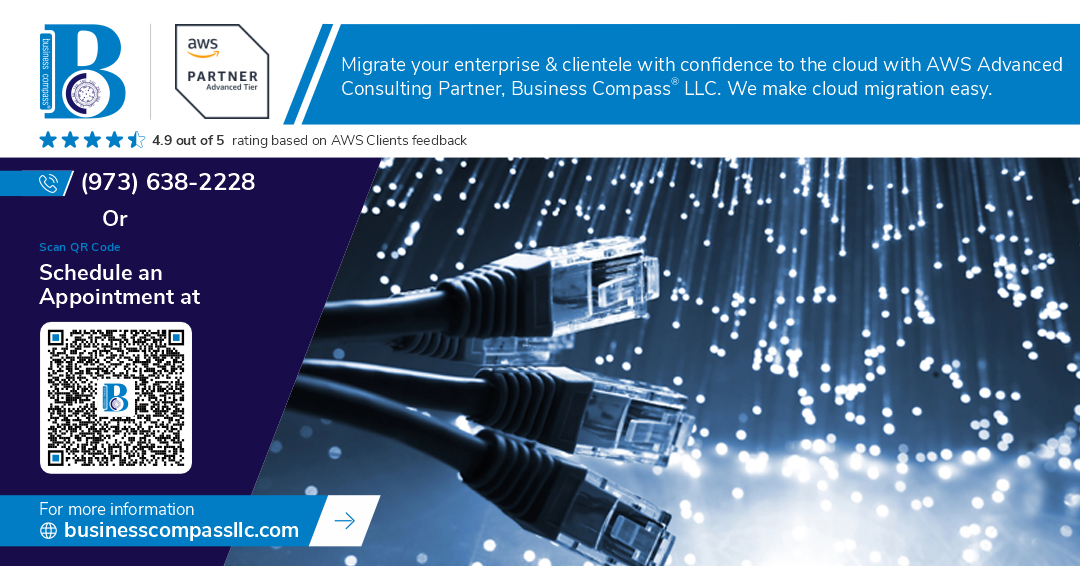AWS VPC Peering vs. Transit Gateway vs. PrivateLink: Cross-VPC Use Case Guide
In cloud architecture, connecting Virtual Private Clouds (VPCs) is a foundational requirement for scaling services, promoting modularity, and adhering to security best practices. AWS offers three major solutions to facilitate VPC-to-VPC communication: VPC Peering, Transit Gateway, and PrivateLink. The correct method depends on scalability, cost, and use case requirements. This guide dissects each approach to help you determine the most efficient solution for your architecture.
What Is AWS VPC Peering?
VPC Peering enables traffic to be routed between two VPCs using private IP addresses. It's a non-transitive, point-to-point network connection.
Key Features
One-to-one VPC connections.
Routes must be manually created in both VPCs.
Cannot use transitive routing (VPC A ↔ VPC B ↔ VPC C is impossible).
Best Use Cases
Small-scale applications require direct communication between a few VPCs.
Minimal network complexity and straightforward routing needs.
Limitations
No transitive routing.
Hard to scale for mesh-style VPC networks.
Route table management becomes cumbersome with multiple VPCs.
What Is AWS Transit Gateway (TGW)?
AWS Transit Gateway is a central hub to interconnect multiple VPCs and on-premises networks, simplifying large-scale connectivity.
Key Features
Supports transitive routing.
Centralized management of traffic flow.
Scales up to thousands of VPCs.
Allows inter-region peering and attachments.
Best Use Cases
Enterprises with complex and growing multi-VPC architectures.
Hybrid cloud connectivity involving Direct Connect and VPNs.
Centralized inspection and firewall integration patterns.
Limitations
Additional cost per attachment and data processing.
More complex setup and monitoring requirements.
What Is AWS PrivateLink?
AWS PrivateLink allows you to securely access services across VPCs without exposing traffic to the public internet or using VPC peering.
Key Features
Service consumers connect via Interface VPC Endpoints (ENIs).
Does not require IP address overlap resolution.
Highly secure: no need for route table or NAT configuration.
Best Use Cases
SaaS environments where a provider exposes a service to multiple consumers.
Securely exposing APIs/services without allowing full VPC access.
Network isolation or compliance-driven requirements.
Limitations
Limited to interface-based traffic (TCP/HTTPS).
Does not support full bidirectional VPC communication.
Requires service configuration and endpoint monitoring.
Comparison Table
Feature: VPC Peering
Transitive Routing: Not supported
Scalability: Low
Use Case: Simple app-to-app communication.
Security: Medium
Cost: Free with data transfer charges
Setup Complexity: Simple
Feature: Transit Gateway
Transitive Routing: Supported
Scalability: High
Use Case: Large-scale mesh routing across multiple VPCs or accounts.
Security: High
Cost: Moderate, includes attachment and data charges
Setup Complexity: Moderate to complex
Feature: PrivateLink
Transitive Routing: Not supported
Scalability: Medium
Use Case: Service-specific exposure to other VPCs
Security: Very high
Cost: Low to moderate, includes per endpoint and data charges
Setup Complexity: Moderate
Which Should You Choose?
Choose VPC Peering if you need quick and simple communication between two VPCs and don't need transitive routing.
Choose Transit Gateway for scalable, centralized control of many VPCs or hybrid connections.
Choose PrivateLink to securely expose services to other VPCs without granting full VPC access.
Conclusion
Selecting between AWS VPC Peering, Transit Gateway, and PrivateLink depends on your architecture’s scale, complexity, and security needs. While VPC Peering is optimal for smaller networks, Transit Gateway dominates when transitive and centralized routing is critical. PrivateLink, on the other hand, shines when secure service exposure is paramount.

Comments
Post a Comment